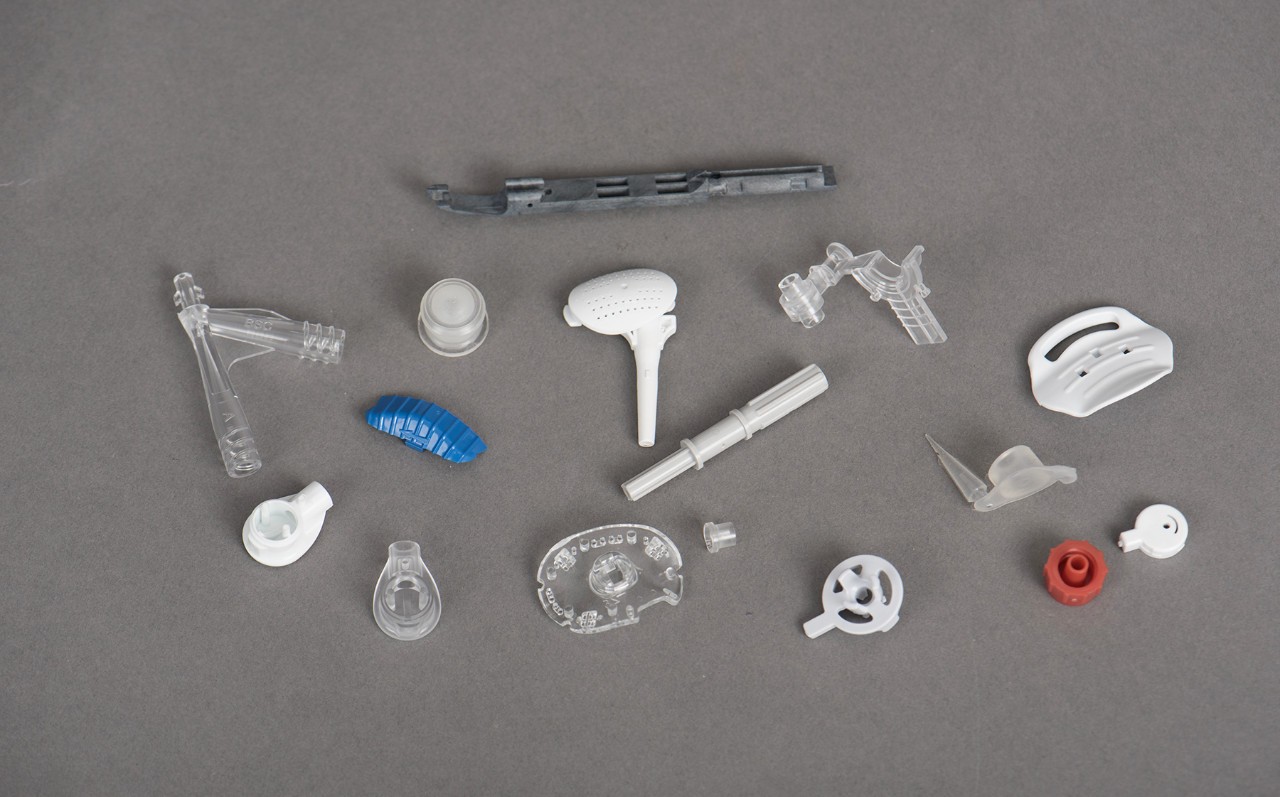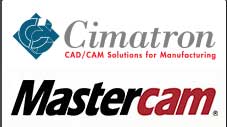This process is very versatile, and it can be used to produce many different parts for various applications.
You have a variety of options when creating a product requiring molded plastic components. These processes vary depending on what type of product you are making and the type of part that you need. Injection molding is one of the most popular methods for producing high-quality and cost-effective plastic parts.
Injection molding allows for the production of large quantities of parts – thousands or millions. Melted resin is injected until the mold is filled to capacity. Injection molding uses extreme pressure and high temperatures to fill interior cavities with liquid polymers or molten resin. Molds are cooled and then released to reveal the finished plastic parts.
This process is very versatile, and it can be used to produce many different parts for various applications.
Products made with plastic injection molding
Plastic Bottles are manufactured in billions every year. They come in many shapes and sizes. Plastic bottles that hold water or other beverages are usually made of polyethylene terephthalate, which is strong and lightweight.
Electronic Housings can also be produced by injection molding. Housings are produced using the injection molding method. They can be found in electronic devices like remote controls, computers and televisions. Custom plastic enclosures can be manufactured by injection molding services for virtually any application or size.
Toys Imagine building materials that are lightweight, durable and don’t corrode. They come in different sizes and colors, and they can be assembled with precision. Lego, the well-known brand of building blocks, is made from plastic granules that are heated to a liquefied state and then injected in metal molds where they cool and solidify into bricks or other shapes. What’s most important is that every brick and component are precisely molded to fit together. This precision product is available in a variety of colors, sizes, and shapes.
Agriculture: OEMs developing for the agricultural market are turning to plastic components as a cost-effective alternative to metal parts commonly used in the industry. Plastics are more resistant to impact during use and humidity. They can also withstand extreme temperatures. UV additives can also protect plastics from exposure to harsh weather conditions and corrosive materials.
Households: Containers, drinkware, components, and closures can all be custom-made with injection molding.
Automotive Components and Machinery: Dashboards, radio controls and cup holders are all made using the injection molding method.
Healthcare industry: The injection molding process is used to make thousands of products in the healthcare sector. In the healthcare industry, multipurpose plastics are used to make disposable products, which can be produced in large quantities. This is to keep sterility and to prevent germs from spreading. Injection molding helps medical professionals do their jobs by providing plastic syringes and tools for medical procedures.
Injection molding is a common method of manufacturing everyday household products. Applications include commercial, industrial and consumer products. Injection molding allows for the creation of designs with intricate details or complexity as well as simpler shapes in any size range from small to large.
The method is used to produce solid parts, such as computer components, TV components, outdoor furniture and toys, as well other products.
Commercial Products
- Electrical Boxes
- Mop Heads
- High-end Receptacles for Trash and Recycling
- Vending Machine Components
- Equipment Housings
Medical Components
- Sharps Disposal Bins & Wall Mounts
- Medication Trays
Automotive:
- Color-matched Interior Components
Commercial Construction
- Conduits for Concrete Beams
- Insulators
- Raised Floor Panels
Residential Construction
- Roof Vents
- Railing Gaskets
- Deck Fasteners
Consumer Goods
- Skateboard Storage Racks
- Barbecue Accessory
- Bird Feeder
- Tackle Boxes
- Toilet Seats
Toys and Hobbies
- High-end collectible models
- Decorated Children’s Furniture
POP (Point-of-Purchase)
- Spring-loaded Supermarket Display Tray
- Book Display Rack
Home Products
- Flower Pots
- Wire Ties
- Air Freshener Units
Food Service
- High-Temperature Serving Pots
- Bread Trays
- NSF Food Service Products
Sporting Goods
- Training Device
- Exercise Tools
Short-run 3D printed components:
- Electrical Knobs
- Specialty Buttons
- Fixtures
How Does Injection Molding Work?
To control material flow perfectly, injection molds need to be perfectly matched between the two halves. The mold creation is essential to achieving a precision, seamless product. Injection molds can be made from steel or aluminum and are precision-machined to create the desired features.
Once a mold is functional and error-free, the injection molding process can be repeated quite often. The injection molding process has a lower scrap rate than other manufacturing processes, such as CNC machining. This subtractive process removes large portions of the material blank.
The process of Injection molding is repeatable, reliable and suitable for large-scale production. The ability to produce multi-cavity mold parts (multiple parts in one cycle) allows for the production of virtually identical parts. The wide selection of materials, low labor cost, minimal scrap loss, and the minimal requirement for post-molding finish operations are also advantages.
Injection molding has some disadvantages, including the high initial cost of the mold due to the design, testing and tooling required, as well as the longer lead times. Surface defects can occur during the injection mold process for some custom complex parts. Injection molded parts should be designed carefully to account for any changes in geometry that may occur as the parts cool, and to ensure stability.
The conclusion of the article is:
Injection molding is a complicated process, but its ability to create a wide range of items for everyday use makes it the most popular manufacturing method. Injection molding can be used to create both functional prototypes as well as end-use products.


